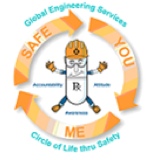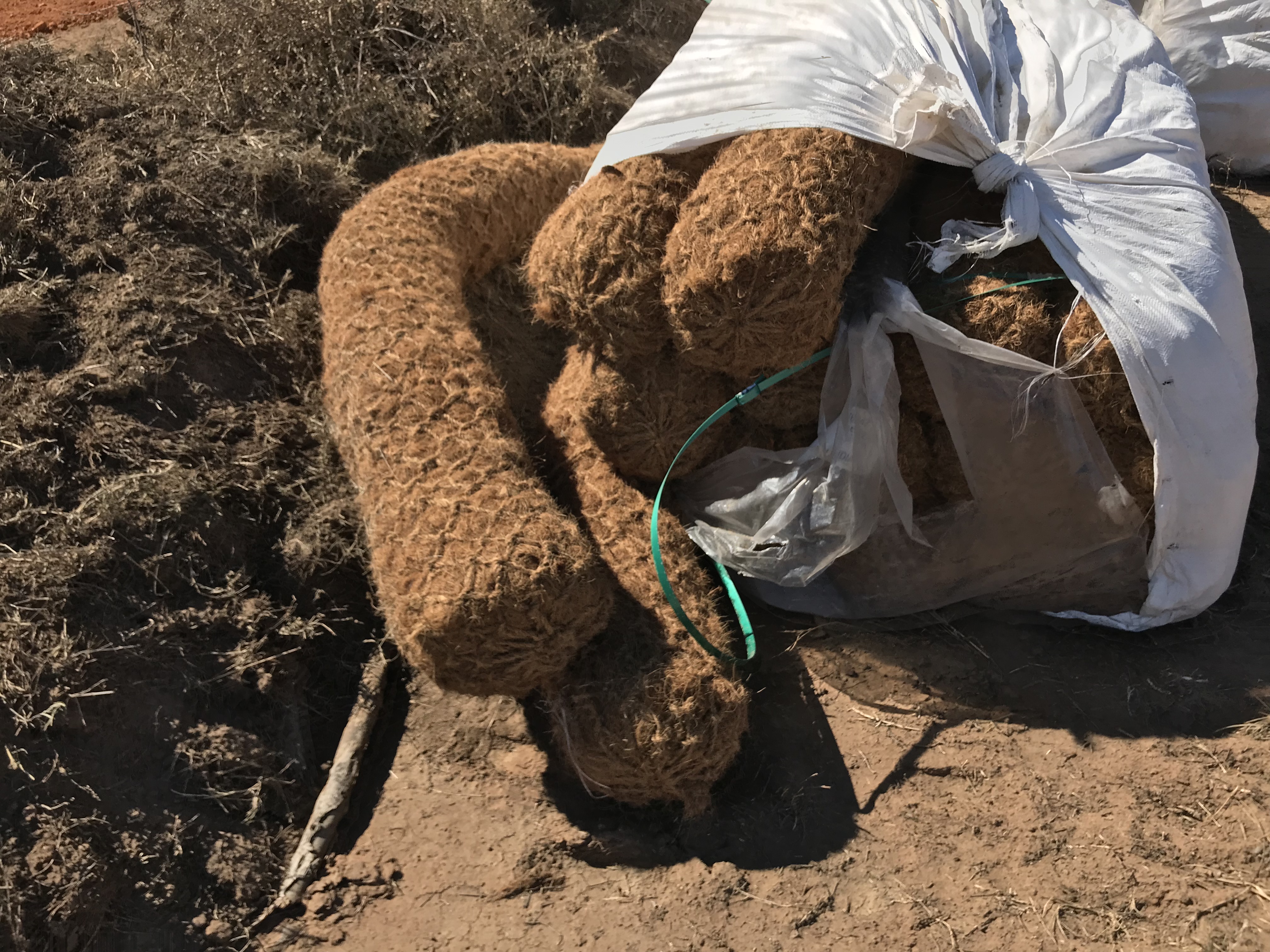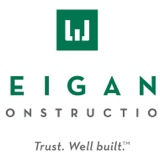Title Page
-
Construction Area Check List:
-
Document No.
-
Client / Site:
-
Personnel:
-
Prepared by:
Adminstrative Items
ADMINISTRATION:
-
Workers have attended Safety /cGMP Orientation.
-
Emergency Response and Evacuation Plans in place, muster points posted in field.
-
Emergency contacts posted in work areas.
-
Exit signs clearly mark means of egress for exiting area.
-
Safety bulletin board with safe workdays posted and current safety information displayed.
-
Contractor Toolbox safety meetings held weekly.
-
SDSs provided to EH&S, maintained in field office.
Equipment
HOUSEKEEPING:
-
Job site and lay down area organized, not cluttered.
-
Walking surfaces clear, clean.
-
Trash emptied regularly, disposal area neat.
-
Nails, scrap metal/wood picked up.
-
Materials stacked properly, no danger of falling.
-
Walkways, doorways, egress path maintained, a minimal of 2 feet clearance.
-
Stairways, landings and platforms clear.
PPE:
PPE:
-
Hard hats in use.
-
Safety glasses with secure side shields being worn.
-
Face shields/googles worn where appropriate.
-
Hearing protection used where appropriate.
-
Task specific gloves in use.
-
Safety shoes worn by all craft/management.
-
Full body harnesses worn (incl. high reaches)<br>Harnesses inspected and in good condition.
-
Respirators/dust masks worn where appropriate, program in place, fit test.<br>(Respirator Fit Test required)
Fire Safety & Emergency Procedures
FIRE SAFETY & EMERGENCY PROCEDURES:
-
Proper fire extinguishers available and inspected.
-
Used rags in labeled metal cans with cover.
-
All walkways, stairs, access, egress free of combustibles.
-
Trained Fire Watch on duty during Hot Work.
-
Workers know evacuation alarm signals, evacuation routes, muster area.
-
Eye wash stations provided in field.
Genera Safety
GENERAL SAFETY:
-
Work area barricaded, access limited.
-
Equipment, materials, tools stored/stacked properly (protected from falling, collapsing).
-
Hard hats, safety glasses, required PPE signs posted in area.
-
Containers, Chemical materials labeled (labels legible).
-
Fuels, flammable materials stored properly.
-
Temporary lights provided where needed. Adequate task lighting provided as appropriate.
-
Temporary power provided, in good working condition.
-
Compresses gas cylinders secured.
-
Cylinders capped when not in use.
-
Oxygen and flammable gas cylinders kept 20 feet apart.
-
Equipment/tools in good working condition.
-
Equipment/Tool guards in place, where needed.
-
Working from heights pre-cautions, minimize ladder use, fall protection for task above 6 feet.
-
Scissor lift and high lift equipment proper usage, and workers tied off.
-
Scissor lift and high lift equipment safety inspection checklist performed by user.
-
Proper types of ladders being used.
-
Ladders in good operating condition and inspected.
-
Conductive (metal) ladders not on job site.
-
Extension ladders tied off, and/or footed and secure.
-
Workers not using top two steps on ladders.
-
Stairs provided where needed, 19", secured.
-
Scaffolds correct and secured, tagged correctly.
-
Toe boards, railings on scaffolds, where needed.
-
Scaffold planking overlaps 12"
-
Access ladders used for scaffolds.
-
Working platforms at least 2 feet wide.
-
Workers protected from falls off scaffolding by railing and workers below protected from falling hazards.
-
Holes/penetrations protected with secured covers labeled "HOLE"
-
Proper handling/lifting of equipment, material, supplies.
-
Material handling equipment/rigging equipment in good condition.
-
Backup alarms, horns on mechanical equipment.
ELECTRICAL SAFETY:
ELECTRICAL SAFETY:
-
Cords in good condition, no cuts or repairs w/ tape.
-
Cords kept off floors- use of cord trees and/or Stiffy hangers
-
All electrical extension cords inspected within last month(color coding)
-
GFCIs used for lead cords, GFCI tested monthly.
-
Grounding in working order on power tools, equipment.
-
Temporary electrical panels labeled, grounded.
-
Conduit tightly connected to junction/outlet box, all breakers labeled and field outlets w/ circuit #.
-
Temporary wiring; power/lighting isolated from from building structure and not presenting a trip hazard.
-
Precaution taken where overhead lines are present. No work within a min 10 feet clearance.
HAZARDOUS WORK(PERMITS):
HAZARDOUS WORK(PERMITS):
-
Required permits completed properly, posted.
-
Welding screens user where needed.
-
Fire watch present for hot work.
-
Flammable/combustible materials removed from hot work area.
-
Hazardous energy sources locked out properly. Potential energy sources alleviated.
-
Crane lift plan submitted and approved, pre-lift checklist completed, barricades in place, operator and crane certification submitted.
-
Trench/excavation sloped properly or shored and barricaded.
-
Permit issued and proper use of Powder Actuated tools.
-
Adequate access in/out of excavations (25 feet).
-
Ventilation used for confined spaces.
-
Confined space; retrieval equipment in place and used appropriately.
-
Confined space; standby attendant(s) present, communication means available.
-
Confined space; rescue team notified and on site.
-
Air monitoring (including continuous) performed.
ENVIRONMENTAL:
ENVIRONMENTAL:
-
Containment for petroleum products adequate and in good condition(no debris, rainwater accumulated)
-
Petroleum tank/containment inspections and inventory adequately documented.
-
Documentation of asbestos survey with negative results for demolition and renovation.
-
Drip pans in place for equipment such as generators and welders.
-
Storm sewers protected.
-
Threading Machine catch box in place.
-
Containers labeled and closed when not in use.
-
Chemical storage away from storm sewers and on impervious surface.
-
Appropriate environmental training and documentation.
-
Erosion and sediment control at project site (silt fences, tarps, mulching, as necessary).
-
Erosion and sediment control items in place and maintained ( silt fences, storm inlet covers).
-
Erosion and sediment controls inspections being completed and logged.
-
Spill containment kit is available on job site.
-
Dumpster/waste containers labeled (contents designated non-hazardous or hazardous waste).
-
Dumpster contain name of project and contact information.
-
Appropriate residual waste handling, accumulation and disposal.
-
Appropriate hazardous waste handling documentation.
-
Ensure all hazardous wastes are removed from site by contractor unless otherwise specified.
-
Concrete truck washout procedure followed.
OTHER/MISCELLANEOUS
OTHER/MISCELLANEOUS:
-
Contractors inspect work daily.
-
McNeil Project Manager perform daily walk through of job site.
-
Safety posters in field.
Safe or Unsafe Behaviors/Conditions
SAFE /UN-SAFE BEHAVIORS OR CONDITIONS OBSERVED
-
Comments:












